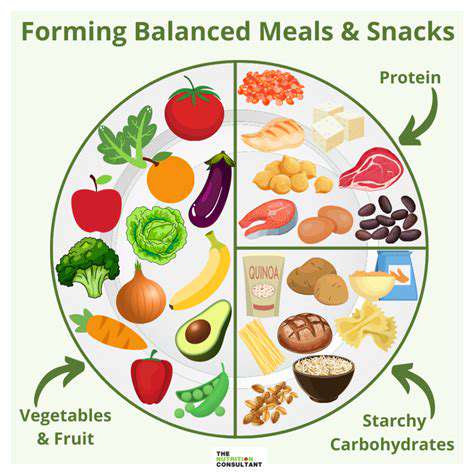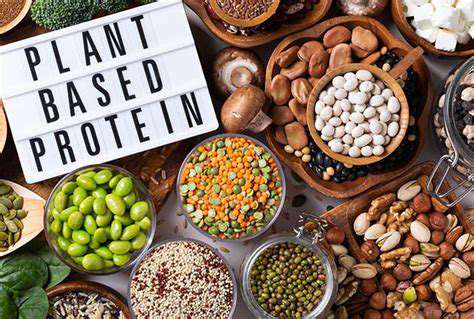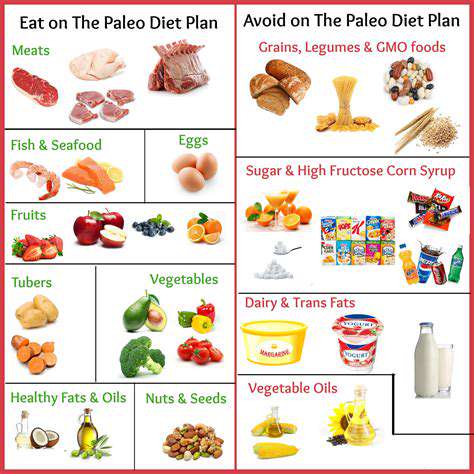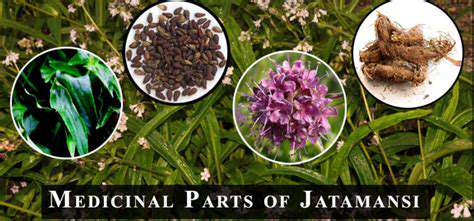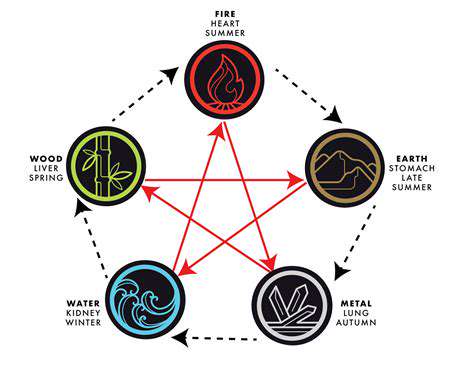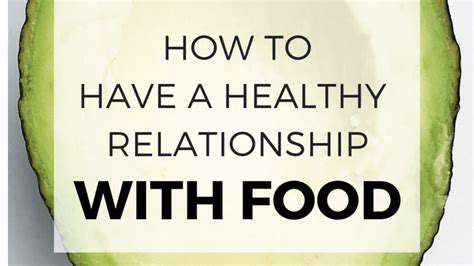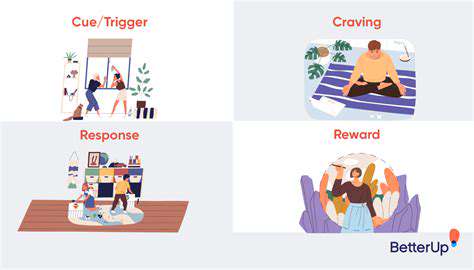The Importance of Blood in TCM Theory
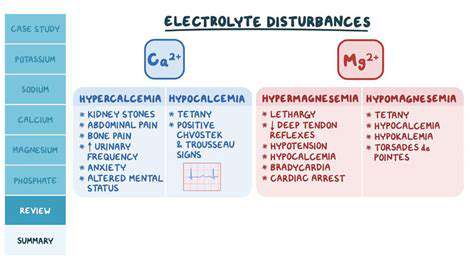
Blood Stasis: When Circulation Goes Awry
Decoding Blood Stasis in Traditional Chinese Medicine
In the framework of Traditional Chinese Medicine, blood stasis represents more than just a circulatory issue - it's a systemic imbalance affecting the body's vital energy flow. Picture this: your blood isn't merely stuck; it's moving through your body like molasses in winter, creating subtle but significant disruptions. The TCM perspective views blood stasis as intimately connected to Qi disruptions, where energy blockages manifest as physical stagnation. This holistic approach explains why treatment often addresses multiple bodily systems simultaneously.
Ancient medical texts describe blood stasis as blood that has lost its commander, suggesting a breakdown in the body's natural regulatory mechanisms. Various triggers can initiate this condition - from emotional upheavals that knot the Qi to dietary habits that thicken the blood's consistency. Modern lifestyles, with their high stress levels and sedentary patterns, create perfect conditions for this imbalance to develop.
Recognizing the Signs of Impaired Circulation
Blood stasis announces itself through distinctive symptoms that trained TCM practitioners learn to recognize. Patients often report pain with specific qualities - not sharp, acute pain, but rather a deep, stubborn ache that resists typical pain relievers. Women might notice menstrual blood with dark clots or irregular cycles, while others experience skin discolorations or unusual bruising patterns.
The diagnostic process in TCM involves careful observation of subtle clues: a purplish tongue hue, specific pulse qualities, or particular patterns of tenderness. These indicators help differentiate blood stasis from other circulation-related conditions. Interestingly, the location of symptoms often corresponds to specific meridian pathways, guiding treatment decisions.
Root Causes Behind Stagnant Blood
Multiple factors conspire to create blood stasis conditions. Emotional factors rank high on the list - prolonged anger, frustration, or grief can literally freeze the body's energy flow according to TCM principles. Physical trauma, whether from injuries or surgery, leaves behind invisible scarring that disrupts local circulation. Even environmental exposures, particularly to cold and dampness, can precipitate blood stagnation over time.
Modern contributors include:- Prolonged computer use creating neck and shoulder tension- Tight clothing restricting circulation- Dehydration thickening blood consistency- Certain medications affecting coagulationUnderstanding these diverse causes allows for more targeted prevention strategies.
Restoring Flow: TCM's Multidimensional Approach
TCM employs a sophisticated toolkit against blood stasis, often combining several modalities for enhanced effect. Herbal formulas might include safflower (Hong Hua) and peach kernel (Tao Ren) - substances traditionally used to move the blood. Acupuncture needles placed in strategic points act like traffic directors for Qi and blood flow. Cupping therapy creates suction that literally pulls stagnation from deep tissues, while specific massage techniques help break up congested areas.
Nutritional therapy focuses on warming foods that promote circulation - think ginger, cinnamon, and turmeric. Movement practices like Tai Chi incorporate gentle motions designed to stimulate blood flow without overexertion. The most effective treatment plans combine these elements while addressing the patient's unique constitution and lifestyle factors.
Cultivating Healthy Circulation: Everyday Practices
Nutrition for Vibrant Blood
Building meals around circulation-friendly foods makes a measurable difference. Dark leafy greens provide chlorophyll that supports blood cell production, while beets contain nitrates that enhance blood vessel function. Omega-3 rich foods like walnuts and flaxseeds help maintain blood fluidity. Fermented foods contribute to gut health, which TCM links to blood quality through the Spleen meridian.
The Circulation-Water Connection
Hydration quality matters as much as quantity. Room temperature or warm liquids are preferred in TCM, as cold beverages can create internal chilling that promotes stagnation. Herbal teas with ginger or hawthorn provide hydration while actively supporting circulation.
Stress's Silent Impact
Chronic tension creates microscopic muscle contractions that impede blood flow over time. Simple daily practices can counteract this: five minutes of deep abdominal breathing, brief stretching breaks during work, or evening walks to discharge accumulated tension.
Movement as Medicine
Instead of intense workouts that might stress the system, TCM often recommends rhythmic activities like swimming or cycling. These promote steady circulation without the abrupt starts and stops that can disrupt Qi flow. Even simple foot exercises while seated can boost venous return.
Sleep's Restorative Power
The liver's blood-cleansing functions peak during nighttime hours according to TCM's organ clock theory. Creating a technology-free wind-down routine supports this natural detoxification process, leading to cleaner, freer-flowing blood.
Monitoring for Maintenance
Beyond standard blood tests, tracking subtle changes like morning tongue appearance or energy fluctuations can provide early warning signs. Many TCM practitioners recommend keeping a simple health journal to identify patterns.

